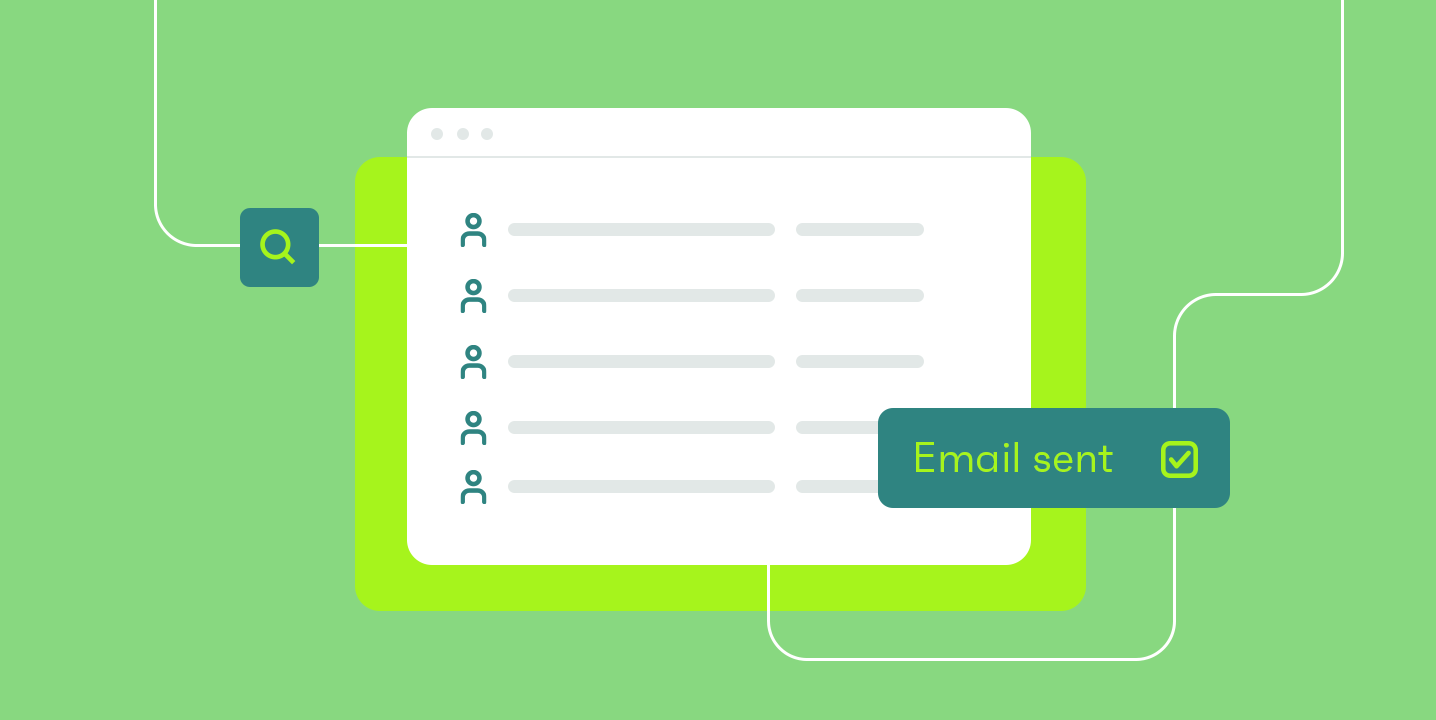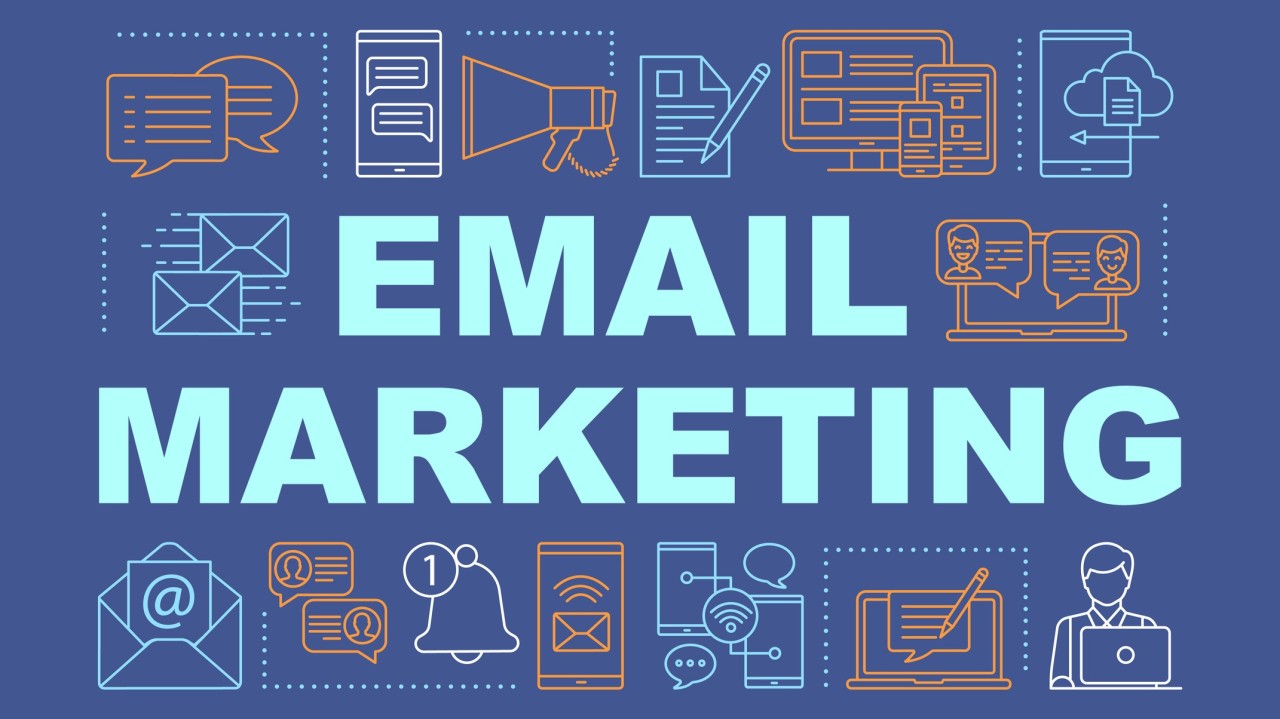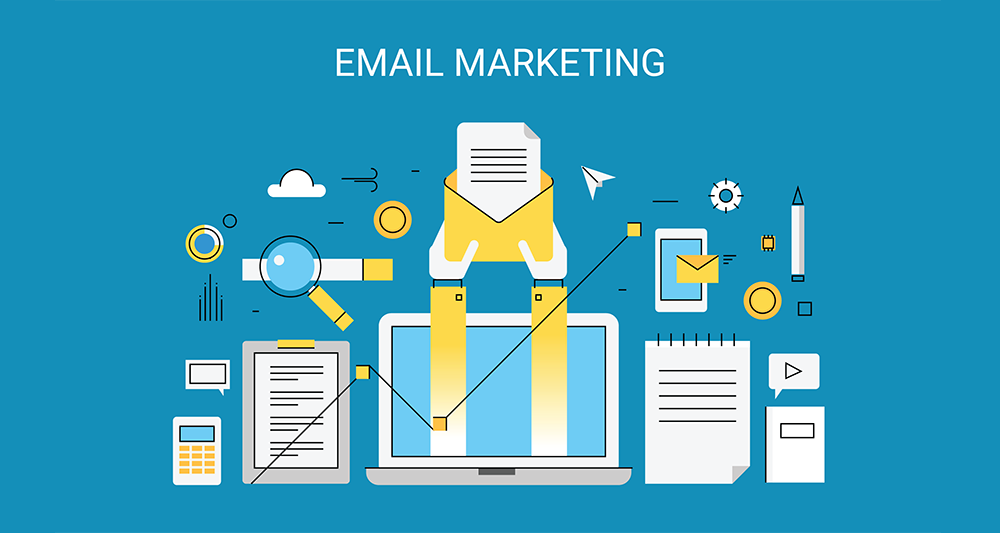Business leaders, entrepreneurs, and marketers are always searching for ways to improve email marketing performance. But integrating new technologies into existing systems often feels overwhelming. This is where an email marketing API (Application Programming Interface) can help streamline operations and enhance your campaigns.
In this guide, you’ll learn how email APIs work, explore their use cases, review best practices, and understand technical considerations for successful implementation.
What Is an Email Marketing API?
An email marketing API is a set of rules that enables different software tools to communicate and share data. Think of it as a universal adapter that lets disconnected systems work together seamlessly.
For businesses, email APIs are essential for integrating email marketing capabilities into websites or apps, automating processes, and reducing manual effort without needing to know the intricate details of every system.
How Does an Email API Work?
An email API allows access to your email platform through a coded request and a unique API key, which is usually an encrypted string linked to your account.
Once authenticated, you can use the API to perform tasks like:
- Generating HTML templates
- Sending bulk emails
- Scheduling campaigns
- Segmenting contacts
- Automating workflows
- Managing lists and webhooks
- Tracking metrics
A major advantage is that authenticated API calls help protect sender reputation, improving deliverability and reducing spam risk.
Email API vs SMTP: What’s the Difference?
While SMTP (Simple Mail Transfer Protocol) and email APIs both deliver emails, they differ in functionality:
Email API
- Faster and more flexible
- Requires some coding knowledge
- Supports advanced features like dynamic templates and analytics
SMTP
- Easier to set up with no coding
- More limited functionality
- Often used for basic transactional email delivery
Choose SMTP if you need a simple setup to send emails occasionally. Use APIs if you want robust automation, customization, and reporting.
Common Use Cases for Email Marketing APIs
Email APIs unlock a variety of possibilities:
- Transactional Emails
Send automated order confirmations, shipping updates, password resets, and subscription alerts with precise timing and reliability. - Behavioral Personalization
Personalize messages based on CRM data, past purchases, or customer preferences. - Dynamic Content Creation
Generate tailored content, like travel recommendations or product suggestions, automatically. - Preference Centers
Allow subscribers to set their email preferences, improving engagement and reducing unsubscribes. - Lead Scoring and Segmentation
Automate lead scoring and trigger nurture sequences for high-interest contacts. - Automated Surveys and Feedback
Connect survey tools to collect customer insights effortlessly. - Data Analytics and Reporting
Integrate analytics platforms to build dashboards and track performance. - Email Validation
Verify email addresses in real-time to reduce bounces. - Social Media Integration
Sync social data to enrich targeting and segmentation. - Geotargeted Campaigns
Send location-based offers or updates to improve relevance.
Best Practices for Configuring an Email API
Follow these practices to ensure secure and effective API implementation:
- Grant Only Necessary Permissions
Use the principle of least privilege to assign each API key limited access. - Rotate API Keys Regularly
Generate new keys periodically and whenever team members change. - Set Up API Error Handling
Document error-handling procedures and review them regularly. - Understand Rate Limits
Check your platform’s rate limits to avoid disruptions or suspensions. - Perform Integration Testing
Test all components—authentication, error handling, rate limiting—before launch. - Review Documentation Thoroughly
Study your provider’s API documentation to avoid mistakes and get the most out of your setup.
Moosend and similar platforms offer comprehensive guides to help you implement API integrations smoothly.




